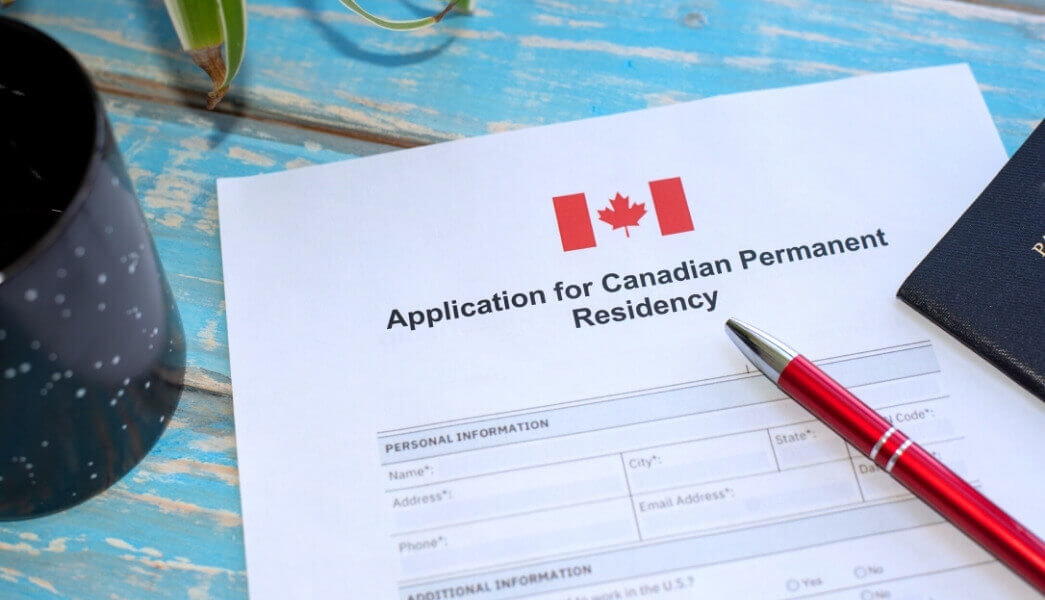A study by the Congressional Research Service estimates that US Green Card backlogs are anticipated to increase over the next decade, with wait times expected to double by 2030.
The report notes that almost 1 million foreign workers and their family have been approved for, and are waiting to receive, lawful permanent resident (LPR) status:
For these prospective immigrants, many of whom already reside in the United States, the backlog can impose significant hardships. Prospective employment-based immigrants who lack LPR status cannot switch jobs, potentially subjecting them to exploitative work conditions. While waiting in the United States, backlogged workers often develop community ties, purchase homes and have children.
Yet with a petition pending approval and no green card, they cannot easily travel overseas to see their families, and their spouses may have difficulty obtaining legal permission to work.
Any noncitizen children who reach age 21 before their parents acquire a green card risk aging out of legal status. In effect, a large part of these prospective immigrants’ lives and those of their family members are on hold. If a prospective immigrant in the backlog dies while waiting for a green card, the individual’s spouse and family lose their place in the queue, and in some cases their legal status to reside in the United States.For some U.S. employers, the backlog can act as a competitive disadvantage for attracting highly trained workers relative to other countries with more accessible systems for acquiring permanent residence.
William A. Kandel, “The Employment-Based Immigration Backlog,” March 26, 2020, Congressional Research Service, Library of Congress, <https://crsreports.congress.gov/product/pdf/R/R46291>, pp. 1-2.
U.S. universities educate a sizable number of foreign-born graduates in science, technology, engineering, and mathematics, among other fields, many of whom may be desirable candidates to U.S. employers. In the face of the substantial wait times for LPR status, however, growing numbers of such workers are reportedly migrating to countries other than the United States for education, employment, or both.
The report notes that many prospective immigrants waiting for their Green Cards are looking to other countries for permanent immigration.
Canada is an attractive option for many foreign workers and companies due to the speed of Canada’s Express Entry system where applicants can obtain permanent residency in 6 months, whereas the US immigration system continues to starve employers of the workers they need.
Choose the plan that’s right for you
US employers who allow remote work can take advantage of Canada’s immigration system to retain their current H-1B workers by subscribing to our Immigration Freedom Plan, which features:
- Relocation of workers to Canada on work permits in as little as 2 weeks
- Canadian permanent residency in 6 months
- Canadian citizenship in 3 years
- Eligibility to jump the queue on US Green Card applications in as little as 1 year
With our Soft-landing Plan – ideal for teams of up to 10 people – we employ your workers for you.
We take care of office set-up, payroll, taxes, administration and immigration visas. This makes the transition to Canada simple and smooth.
With our Big-splash Plan – ideal for teams of 10 or more employees – we establish your Canadian company for you. We introduce you to a team of expert advisors in corporate, tax, and resource planning. You assume business operations, including payroll, taxes, and administration.
This gives you you complete control over your new Canadian workforce.
Contact us to learn more.





